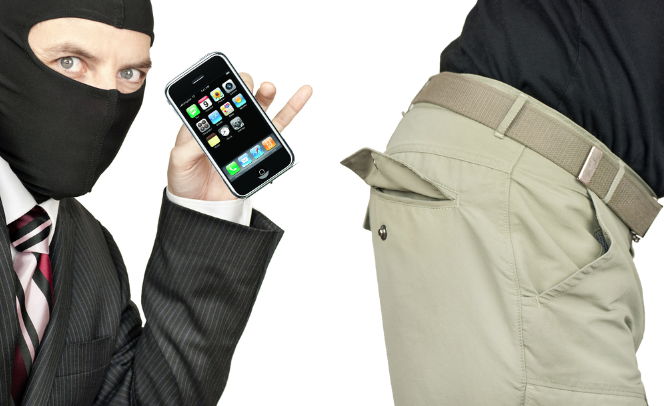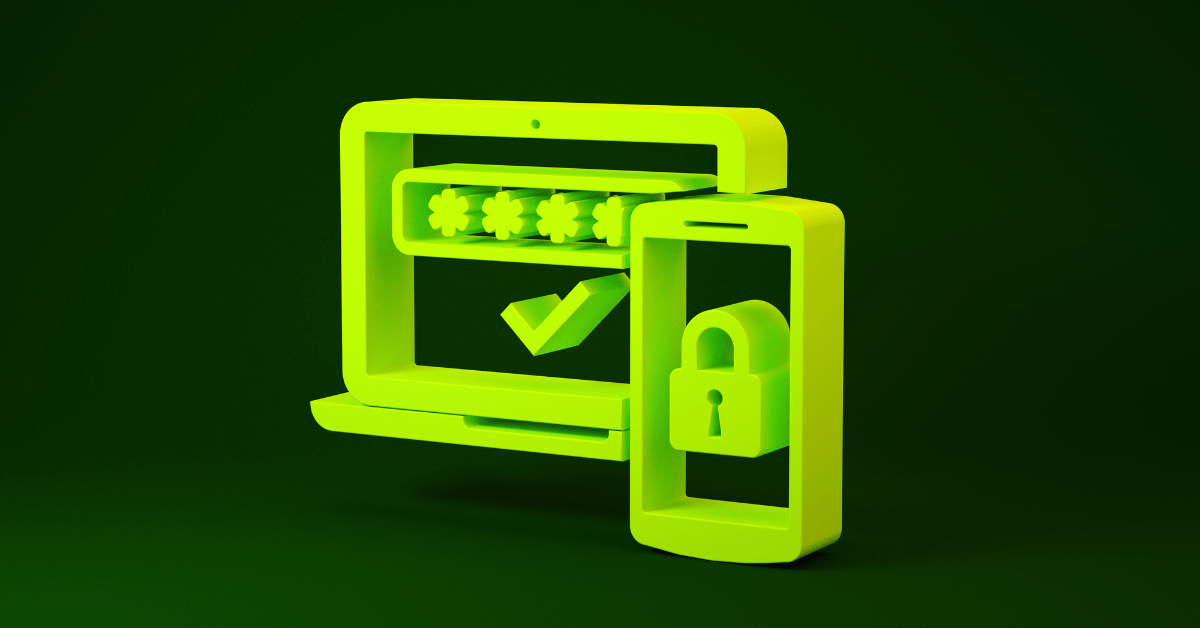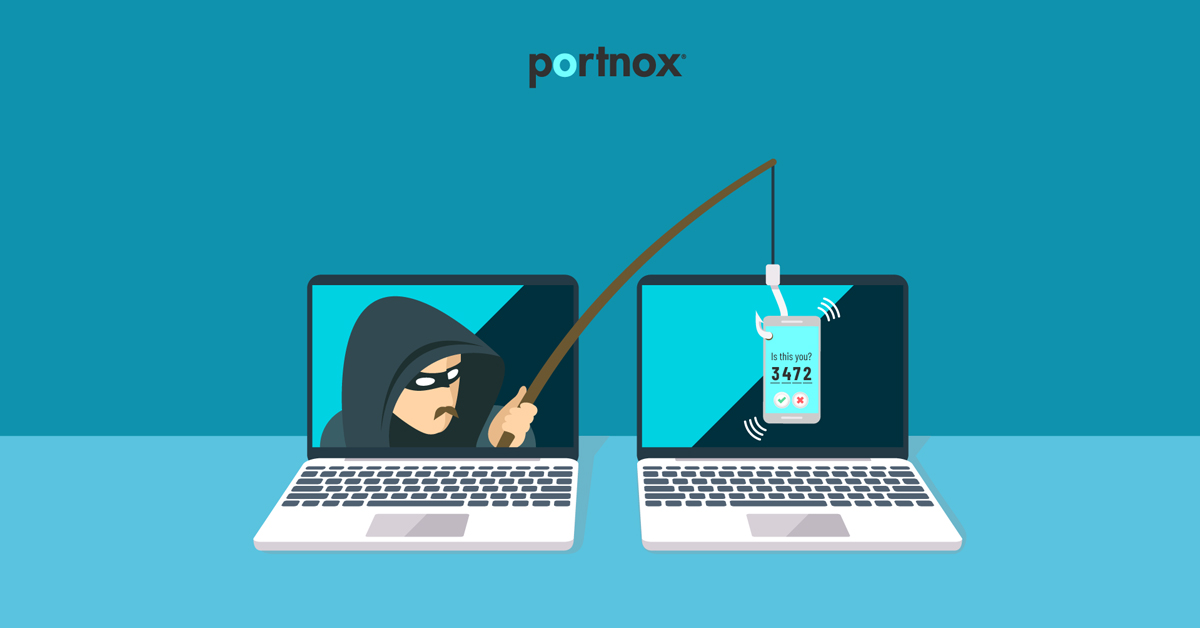Remote Wipe is better than a cure – at least if someone steals your phone.

Last year, an Mobile Device management (MDM) vendor reported that they wipe a device every three minutes. There’s no reason to believe that number has gone down since then. You do the math– that’s over 175,000 wiped phones per year just from this one vendor!
It really makes you think. Is that considered a lot? Is it a good thing? Is it bad? Best case scenario, it still probably means that a lot of people lose their phones.
Download: The 802.1x Sting Whitepaper Now!
Musings aside, I want to examine the value of a remote wipe alongside the drawbacks and see if that’s the best approach.
Off the bat, the value is clear – you lost something that you don’t want someone else to have, you have little hope to recover it, so you destroy it. You lost the battle, but you haven’t lost the war.
But …what if you don’t know you lost the smartphone, or your employee didn’t report their phone was lost because they don’t want to have it wiped (would anyone want their phone wiped?) Or, what if the first thing someone does when they find the phone is take the SIM out or put it on airplane mode? Sure, you can try and wipe a device without a SIM every three minutes, but don’t expect it to protect your data.
You might agree or disagree whether remote wipe is really needed, but you can’t argue that someone can still steal your information, even if you are using the latest and greatest MDM product to perform remote wipe. Also, consider whether a successful remote wipe removes all authorized network access of the mobile device. Could someone still walk into your office and gain network access with this lost device?
So, considering the risks and threats you want to protect against, I would say to get a solution that can protect against all of them 100% of the time, not just one some of the time.
First, make sure you have a pin code lock to your phone. This would make the data unreachable for the average thief.
Next, get a solution that would encrypt your sensitive data on your mobile device so even if the device falls into the wrong hands they cannot get the data.
Lastly, get a solution that would protect against unauthorised network access from that device after it was lost or stolen. A solution that can make sure your network is still safe. A solution that would block and identify that a stolen device is trying to access your network – your data.
Download: The 802.1x Sting Whitepaper Now!
After you’ve got all of those in place it’s time to consider a remote wipe. Maybe it won’t protect your data against thieves, but it seems that it can help thieves protect themselves from the police.
http://www.networkworld.com/article/2687065/mdm-mam/fiberlink-wipes-one-smartphone-or-tablet-every-three-minutes.html?source=NWWNLE_nlt_daily_am_2014-09-24#tk.rss_all
http://www.bbc.com/news/technology-29464889
Apple turns Activation Lock on by default in iOS 8 to appease regulators calling for kill switch
Try Portnox Cloud for Free Today
Gain access to all of Portnox's powerful zero trust access control free capabilities for 30 days!








